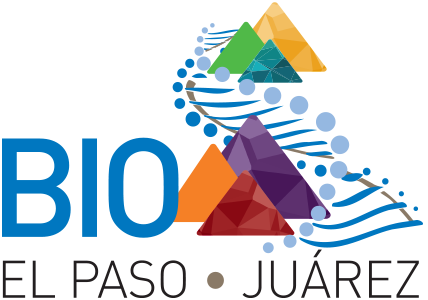News
Biomedical companies embrace digitization after the pandemic ends

The biomedical sector is constantly facing challenges, but one of the biggest changes in the structure of several companies was the pandemic. The closure of face-to-face activities and limitations in mobility forced companies to adopt new ways of working to maintain their operations.
The ally of many industrial sectors in that year was digitalization, in the case of the medical device industry the adaptation was rapid, and in the words of industry experts, this transformation will likely continue despite the end of the restrictions that came with Covid-19.
Digitalization has become necessary for companies to remain competitive and make efficient use of all their resources.
At the last International Bio Conference, Patrizia Cavazzoni, Deputy Director of Operations at the FDA’s Center for Drug Evaluation and Research (CDER), and Peter Marks, Director of the Center for Biologics Evaluation and Research (CBER), led by Cartier Esham, Chief Scientific Officer of the Biotechnology Innovation Organization (BIO), participated in a panel discussion focused on the digitization of the industry.
The panel discussed areas of opportunity for the industry on its path to digitization, presenting flanks such as inventory management, logistics and distribution, device maintenance, product development, and warehouse operations.
These areas of opportunity create a landscape where various technologies can be included, such as artificial intelligence, data management, and generation technologies, specialized hardware, and even Virtual and Augmented Reality. This can accelerate communication processes between different areas, and hypothesis generation thanks to efficient use of Data, immersive training programs, and even virtual experimentations.
The use of technology such as the Industrial Internet of Things (IIoT) allows companies to optimize their processes including the integration of information technologies and operational technologies, which allows efficient use of each resource. A clear example is the data that companies store, of which only an average of 30 % is used due to the complexity of operation in archaic storage methods.
The efficient use of these resources, digitizing, monitoring, and analyzing data, integrating software, and automating processes is known as Bioprocessing 4.0.
The advantages have been quite clear, to the point that 80% of the companies that integrated these systems into their operations during the pandemic have announced that digitization will continue, in addition to 70% that have noticed the competitive advantages of digital innovation.
Changes in organizational culture
The inclusion of technology seemed to make companies colder, increasing the difficulties in communication among members. However, this has been disproved over the years: companies that include improvements in digitization and automation also achieve greater efficiency in the integration of their human resources.
Virtual reality-based training programs increase retention capacity and decrease onboarding times. Digitization improves access to data enabling better collaboration between colleagues and an intelligent structure that allows each area to remain interconnected.
Cybersecurity is one of the biggest challenges in digital integration. On the road to digital transformation, new issues also arise, to which traditional methods were not exposed. These new challenges are a push for companies to learn working methods that protect their company.
Cybersecurity has become necessary for companies moving their data and processes to digital platforms. In an interconnected environment, robotics, manufacturing systems, machines, and tools can be vulnerable to intrusion.
This is not only a problem that should concern large multinationals, as even small and medium-sized companies linked to the biomedical sector can suffer attacks and attempts to steal intellectual property or shut down operations.
To combat these challenges victoriously, many companies have already begun to shield the use of data by establishing limitations on their equipment and networks.
Undoubtedly, the digital transformation came as a necessity in the face of a scenario that seemed to be changing, in the face of a situation that seems to be returning to pre-pandemic rhythms, companies have noticed several of the advantages of fully integrating technology into their processes, continuing the precedent started in 2020 until full integration is achieved.
